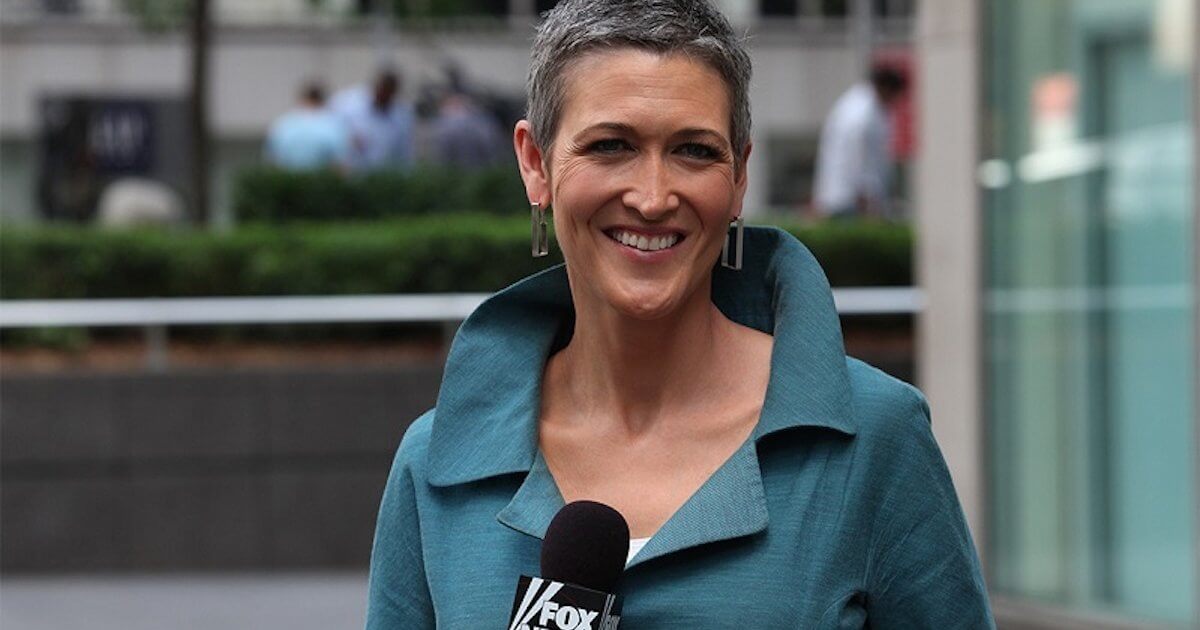Triple-Negative Breast Cancer
- Jennifer Griffin was diagnosed with stage 3 triple-negative breast cancer in 2009, and underwent chemotherapy, a double mastectomy, and radiation for treatment. She was declared in remission in 2010.
- Triple-negative breast cancer is an aggressive form of the disease, which accounts for 20% of all breast cancers.
- Treatment options for triple-negative breast cancer include chemotherapy, surgery, and radiation. In some cases, women may need additional chemotherapy and surgery.
Griffin, 51, was diagnosed with stage 3 triple-negative breast cancer at just 39-years old in 2009. At the time, she says she noticed a lump in her breast while she was breastfeeding her son, which was first brushed off as a blocked milk duct. However, it turned out to be breast cancer, which she has a family history of. Griffin underwent 17 rounds of chemotherapy, a double mastectomy, and radiation treatments, and was declared in remission in 2010.
Read MoreTreatment Options For Triple-Negative Breast Cancer
In Griffin’s case, she was diagnosed with stage 3 triple-negative breast cancer, which falls into the early stages of the disease which often responds very well to chemotherapy. Oftentimes, you’ll still have to undergo a double mastectomy as well, and it’s important to ask your physician whether chemotherapy will be given before or after surgery.
Related: Chemo Plus Immunotherapy for Metastatic Triple-Negative Breast Cancer
“If women have a lymph node involved or the tumor is very large, we will very often do chemotherapy upfront," says Dr. Elizabeth Comen, a medical oncologist at Memorial Sloan Kettering Cancer Institute. "It is very important to know about this strategy for two reasons… what I mean by that, is if you have had chemotherapy before surgery, the pathologist will look at the tumor that is removed. What we may find is that the tumor is gone. There will be a tumor bed, but the cancer itself is gone and that is what is called a pathologic complete response.”
Some women may need to go through radiation after surgery as well. The ideal situation would be for the cancer to shrink significantly, and signs of the disease to be removed. However, if treatment doesn’t achieve a complete response, then some patients may need additional chemotherapy or surgery. If that’s the case, then you’ll typically be perspired an oral chemo medication called Xeloda, which has seen promising results.
Dr. Elizabeth Comen explains treatment options for triple-negative breast cancer
Family History & Breast Cancer
It’s worth noting that 10% of breast cancers are hereditary. Knowing whether you're at increased risk of a breast cancer diagnosis can be a helpful way in catching the disease quick and in the early stages, which provides more treatment options. In order to learn about your risk, it’s recommended women go through genetic testing to learn about possible gene mutations which could make them more at risk of breast cancer.
In a genetic test, your doctor will ask you about your family history and details on the types of breast cancer you or your family members had. From there, hereditary tests are done through a saliva or blood test.
"The real question of who is going to qualify for genetic testing is, to be honest, a moving target," says Dr. Ophira Ginsburg, Director of the High-Risk Cancer Program at NYU Langone's Perlmutter Cancer Center. "Nowadays, you can even self-refer and ask for testing. We encourage only those who have a family history to really get that kind of service if you need it."
Dr. Ophira Ginsburg explains when women should get genetically tested for breast cancer
Learn more about SurvivorNet's rigorous medical review process.


